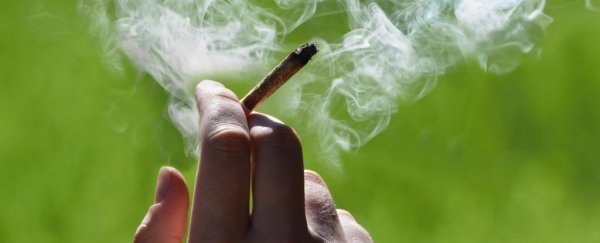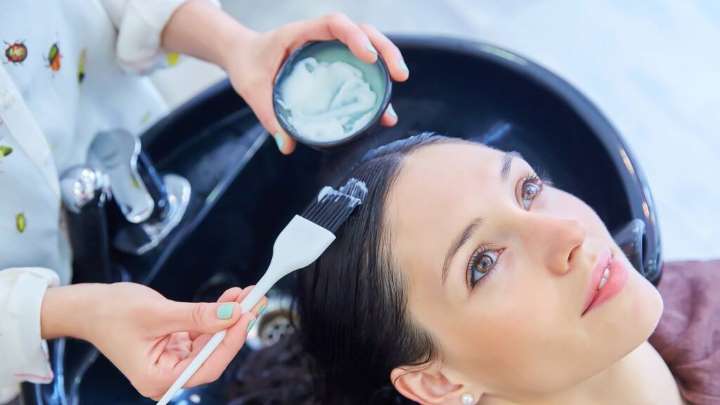As the use of marijuana is increasing in the United States, researchers are asking whether the use of this substance — particularly smoking joints — is associated with an increased risk of any form of cancer, and, if so, which. Marijuana is one of the most widely used drugs in the United States, with more than one in seven adults reporting that they used marijuana in 2017. Statistical reports project that sales of cannabis for recreational purposes in the U.S. will amount to $11,670 million between 2014 and 2020. According to recent research, smoking a joint remains one of the main ways in which individuals use marijuana recreationally. While specialists already know that smoking tobacco cigarettes is a top risk factor for many forms of cancer, it remains unclear whether smoking marijuana can increase cancer risk in a similar way. To try to find out whether there is a link between recreational marijuana use and cancer, researchers from the Northern California Institute of Research and Education in San Francisco and other collaborating institutions recently conducted a systematic review and meta-analysis of studies assessing this potential association. "Marijuana smoke and tobacco smoke share carcinogens, including toxic gases, reactive oxygen species, and polycyclic aromatic hydrocarbons, such as benzo[alpha]pyrene and phenols, which are 20 times higher in unfiltered marijuana than in cigarette smoke," write first author Dr. Mehrnaz Ghasemiesfe and colleagues. "Given that cancer is the second leading cause of death in the United States and smoking remains the largest preventable cause of cancer death (responsible for 28.6% of all cancer deaths in 2014), similar toxic effects of marijuana smoke and tobacco smoke may have important health implications," they go on to emphasize. Going forward, the team suggests that there is an urgent need for better quality studies assessing the potential relationship between marijuana and cancer. The researchers conclude: "Misinformation [on this topic] may constitute an additional threat to public health; cannabis is being increasingly marketed as a potential cure for cancer in the absence of evidence, with enormous engagement in this misinformation on social media, particularly in states that have legalized recreational use."
(Credits: www.medicalnewstoday.com)


